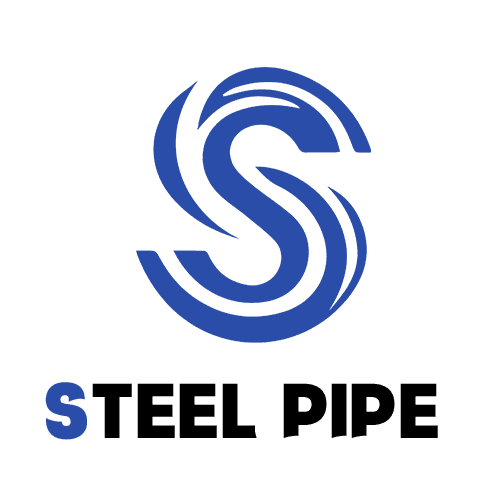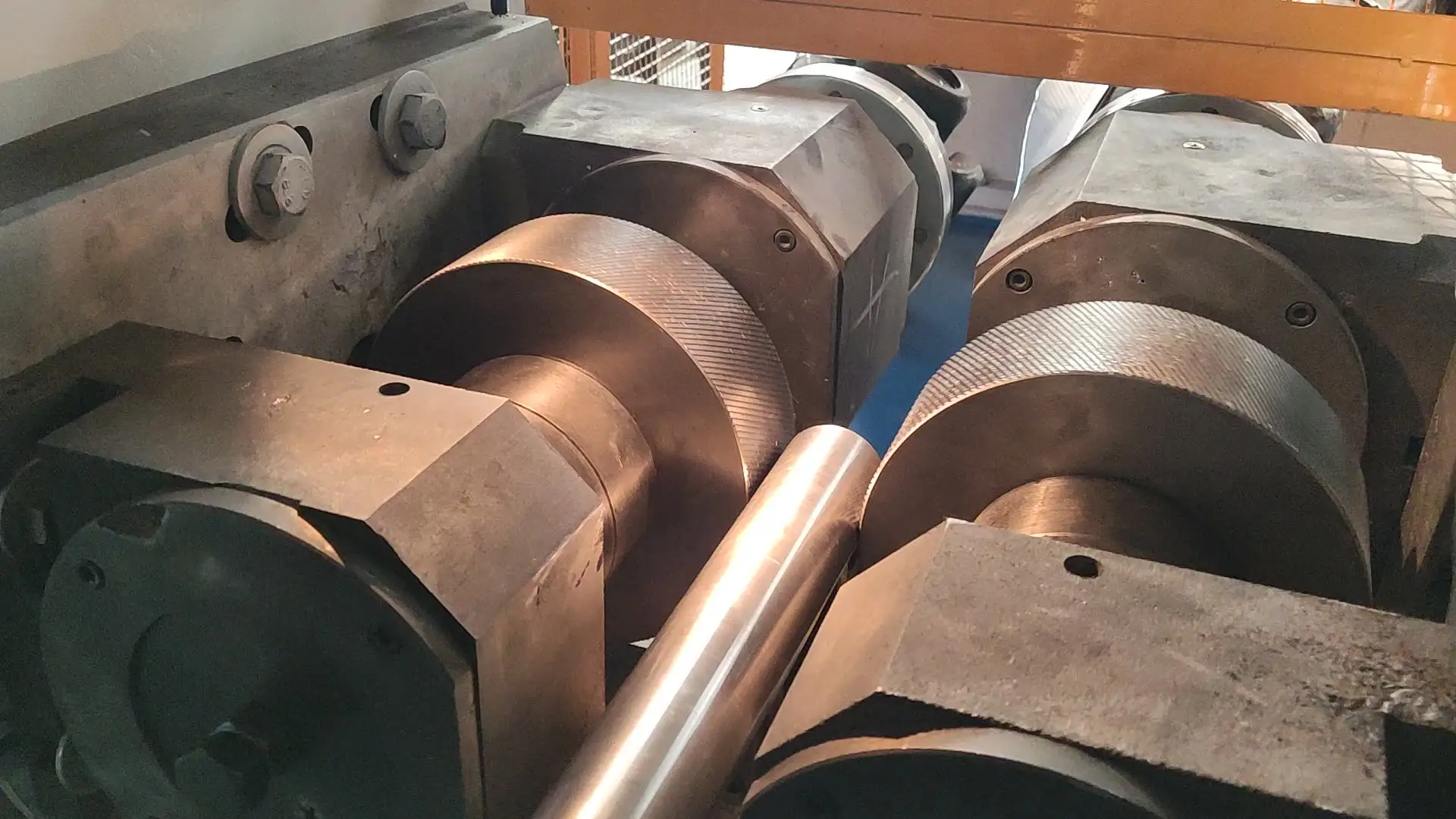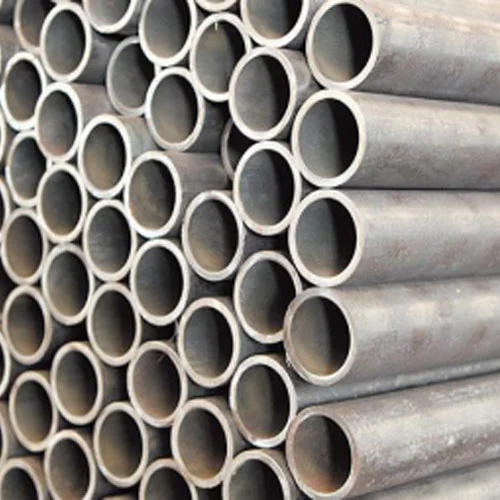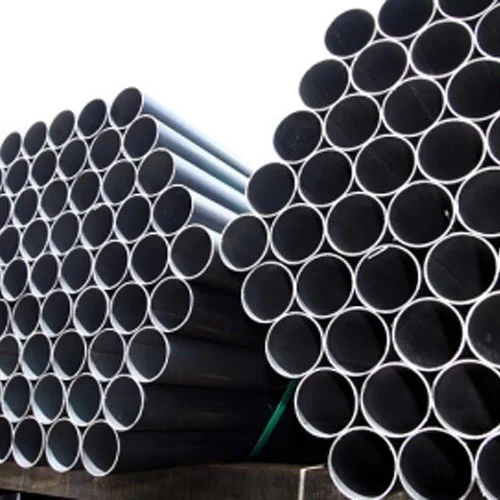Welcome to My Blog!
Before we dive into the content, I’d love for you to join me on my social media platforms where I share more insights, engage with the community, and post updates. Here’s how you can connect with me:
Facebook:https://www.facebook.com/profile.php?id=61559060896490
Now, let’s get started on our journey together. I hope you find the content here insightful, engaging, and valuable.
Table of Contents
Introduction
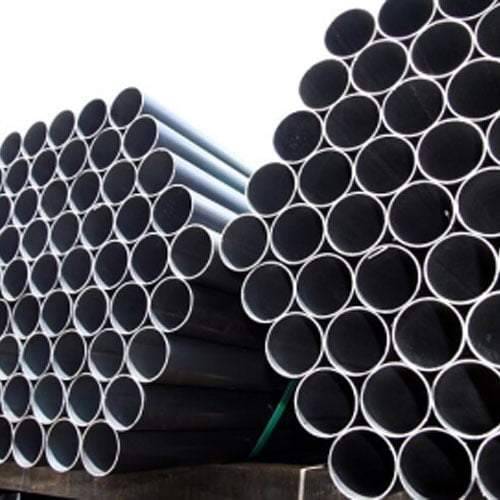
Chill steel pipes represent a unique class of piping materials distinguished by their distinctive manufacturing process. Unlike conventional cast iron pipes, chill steel pipes undergo a rapid cooling process during their creation. This rapid cooling, achieved by exposing the molten iron to a chilled metal surface within the mold, induces a significant change in the material’s microstructure. The outer surface of the pipe experiences a rapid solidification, resulting in the formation of a dense, hard, and wear-resistant layer known as the “chill.” This hardened exterior contrasts sharply with the more gradually cooled inner core, which retains a degree of ductility. This unique combination of properties – a robust, abrasion-resistant outer layer coupled with a resilient inner core – endows chill steel pipe with exceptional durability and makes them highly suitable for demanding applications where wear and tear are significant concerns.
Understanding the Chill Casting Process
The production of chill steel pipes hinges on a specialized casting technique that leverages the principle of controlled cooling. Molten iron, in a highly fluid state, is meticulously poured into a specifically designed mold. This mold, however, incorporates a crucial element: a chilled metal surface strategically positioned to come into direct contact with the flowing molten iron. Upon contact with this chilled surface, the outermost layer of the molten iron undergoes an immediate and dramatic transformation. The rapid extraction of heat from the molten metal by the chilled surface triggers an accelerated solidification process. This rapid cooling results in the formation of a fine-grained, highly crystalline structure within the outer layer of the pipe. This fine-grained structure is characterized by a significantly increased hardness and wear resistance compared to the more gradually cooled inner core. The inner core, cooling at a slower rate, retains a more ductile and less brittle microstructure.
Benefits of Chill Steel Pipes
The unique manufacturing process of chill steel pipes imparts a distinct set of advantageous properties that make them highly desirable for a wide range of applications.
- Exceptional Wear Resistance: The defining characteristic of chill steel pipe is the presence of the hardened “chill” layer on their outer surface. This hardened layer acts as a formidable barrier against abrasion and wear. In applications involving the transport of abrasive materials, such as slurries, slurries, or particulate matter, the chill layer significantly enhances the pipe’s longevity and reduces the risk of premature failure due to erosion.
- High Strength: The combination of a hard, wear-resistant outer layer and a more ductile inner core provides chill steel pipes with exceptional strength. This inherent strength allows them to withstand significant internal pressures without deformation or rupture. This characteristic is particularly crucial in applications involving high-pressure fluids, such as hydraulic systems and certain industrial processes.
- Corrosion Resistance: Chill steel pipes exhibit a notable degree of resistance to corrosion. The dense, fine-grained structure of the chill layer provides a degree of inherent corrosion resistance. In addition, appropriate surface treatments and coatings can further enhance the corrosion resistance of chill steel pipe, making them suitable for use in corrosive environments such as those encountered in certain chemical processing plants or coastal regions.
- Cost-Effectiveness: In many instances, chill steel pipes offer a compelling cost-effective solution compared to other piping materials. While the initial cost of production may vary depending on factors such as pipe diameter and specific requirements, the long-term durability and resistance to wear and tear often translate into significant cost savings over the lifespan of the piping system.
- Versatility: The chill casting process allows for the production of chill steel pipes in a wide range of sizes and configurations. This versatility in terms of dimensions and shapes makes them adaptable to a diverse array of applications, from large-diameter pipelines used in industrial settings to smaller-diameter pipes employed in specialized equipment.
Applications of Chill Steel Pipes
The unique combination of properties inherent in chill steel pipes makes them highly suitable for a broad spectrum of demanding applications across various industries.
- Hydraulic Systems: Chill steel pipes are widely employed in hydraulic systems due to their ability to withstand the high pressures and pulsating flow conditions often encountered in such systems. The combination of high strength and wear resistance ensures that the pipes can reliably handle the demanding operating conditions without experiencing premature failure.
- Pumps and Compressors: In pumping and compressor applications, chill steel pipe are frequently utilized to transport abrasive fluids or slurries. The hardened chill layer effectively protects the pipe’s internal surface from erosion, ensuring prolonged service life and minimizing the risk of equipment downtime.
- Mining Equipment: The harsh operating environments encountered in mining operations often involve the transport of abrasive materials, such as mineral ores and slurries. Chill steel pipes, with their exceptional wear resistance, are well-suited for these demanding applications, minimizing the need for frequent pipe replacement and reducing maintenance costs.
- Construction: In the construction industry, chill steel pipes find applications in various contexts. They can be used as foundation piles, driven into the ground to support structures. The high strength and durability of chill steel pipes make them well-suited for this application, ensuring the stability and longevity of the foundation.
- Agricultural Equipment: In agricultural settings, chill steel pipe are utilized in various types of equipment, such as irrigation systems and manure handling systems. The ability to withstand abrasive materials and corrosive substances makes them a reliable choice for these applications.
Comparison of Chill Steel Pipes with Other Materials
| Feature | Chill Steel Pipes | Cast Iron Pipes | Steel Pipes |
|---|---|---|---|
| Wear Resistance | High – Hardened chill layer provides exceptional resistance to abrasion. | Moderate | Moderate |
| Strength | High – Combination of hard outer layer and ductile core provides excellent strength. | Moderate | High |
| Corrosion Resistance | High – Inherent resistance, further enhanced by surface treatments. | Moderate | Moderate |
| Cost | Moderate – Generally cost-effective compared to some other materials. | Low | High |
Factors to Consider When Choosing Chill Steel Pipes
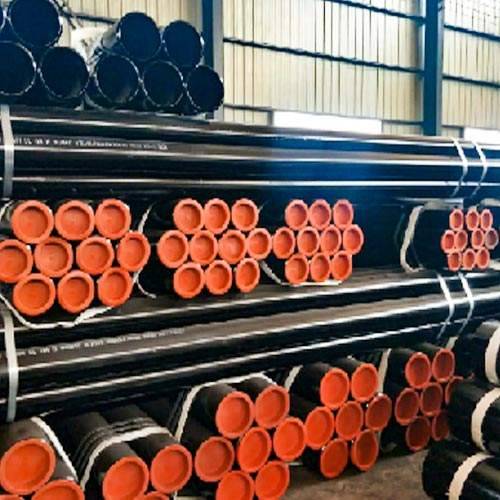
The selection of chill steel pipes for a specific application requires careful consideration of several key factors to ensure optimal performance and cost-effectiveness.
- Pipe Diameter and Thickness: The required diameter and wall thickness of the pipe will depend on the specific application, flow rate, pressure requirements, and other relevant factors.
- Required Pressure Rating: The pipe must be able to withstand the maximum operating pressure of the system without experiencing deformation or rupture.
- Operating Temperature: The anticipated operating temperature range will influence the choice of materials and the design of the piping system.
- Corrosion Resistance Requirements: If the application involves exposure to corrosive environments, the selection of appropriate corrosion-resistant materials and coatings is crucial.
- Abrasion Resistance Requirements: In applications involving the transport of abrasive materials, the level of abrasion resistance required will be a key factor in determining the suitability of chill steel pipes.
Conclusion
Chill steel pipes represent a compelling choice for a wide range of applications where durability, wear resistance, and strength are paramount. The unique manufacturing process, which results in a hardened outer layer and a ductile core, provides a distinct set of advantages compared to other piping materials. By carefully considering the specific requirements of the application, engineers and designers can effectively leverage the benefits of chill steel pipes to optimize system performance, enhance reliability, and minimize maintenance costs.
FAQ
What is the difference between chill steel pipes and cast iron pipes?
Chill steel pipes undergo a unique chilling process during manufacturing, resulting in a hardened outer layer that provides significantly enhanced wear resistance compared to standard cast iron pipes. Cast iron pipes, while generally more cost-effective, may exhibit lower wear resistance in applications involving abrasive materials.
How are chill steel pipes produced?
Chill steel pipes are produced through a specialized casting process. Molten iron is poured into a mold containing a chilled metal surface. Upon contact with this chilled surface, the outer layer of the molten iron solidifies rapidly, forming the dense, hard chill layer. The inner core of the pipe cools more gradually, retaining a degree of ductility.
What are the main applications of chill steel pipes?
Chill steel pipes find widespread application in a variety of industries, including:
- Hydraulic systems: Handling high-pressure fluids
- Pumps and compressors: Transporting abrasive fluids and slurries
- Mining equipment: Conveying abrasive materials in demanding environments
- Construction: Used as foundation piles and in other construction applications
- Agricultural equipment: Handling abrasive materials and corrosive substances in agricultural settings
